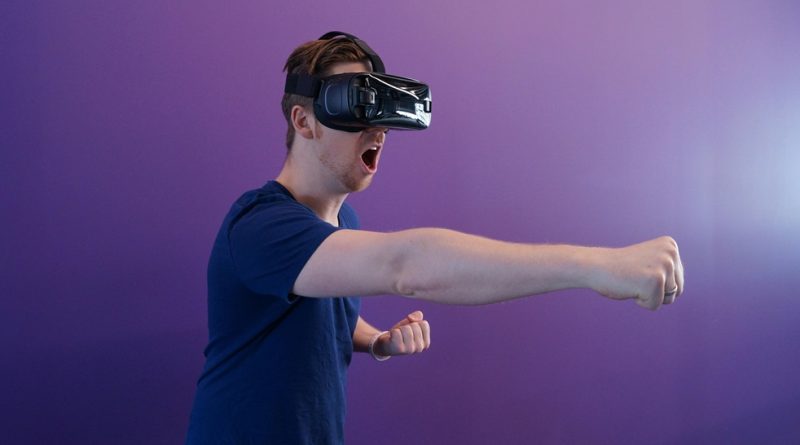The State of Virtual Reality: Where Are We Headed in 2025?
For years, Virtual Reality has been the tech industry’s brilliant, awkward teenager: full of incredible potential but unsure of what it wants to be when it grows up. We’ve lived through the initial hype of the Oculus Rift, the subsequent “trough of disillusionment,” and the slow, steady march toward mainstream viability.
Now, in mid-2025, the question is no longer “Is VR a real technology?” The hardware is more powerful and accessible than ever. The new, more pointed question is: “What is VR actually for?”
After years of searching for a single, unifying “killer app,” the industry has fractured. The state of VR today is a tale of two very different, parallel universes: the highly successful gaming console and the ultra-expensive professional workstation. The dream of a single, all-encompassing “metaverse” has, for now, been put on hold.
Universe 1: VR for Play (Led by Meta)
In one universe, we have the Meta Quest 3. It is, without a doubt, the most successful VR hardware platform ever created. But its success has come from defining itself not as a gateway to the metaverse, but as a fantastic, affordable, and self-contained gaming console.
The Quest 3 has become the “Nintendo Switch of VR.” Its primary use case, and the reason millions of people own one, is to play incredibly immersive games like Beat Saber, Asgard’s Wrath 2, and Walkabout Mini Golf. Its untethered, pick-up-and-play nature is brilliant for entertainment. However, Meta’s original ambition of using the Quest to onboard us into a social metaverse like Horizon Worlds has largely failed to gain mainstream traction. The Quest is a hit, but its identity is firmly rooted in gaming, not as a general-purpose computing device.
Universe 2: Spatial Computing for Work (Led by Apple)
In the other, far more expensive universe, we have the Apple Vision Pro. Apple has been meticulous in not even calling it a VR headset. It’s a “spatial computer.”
The Vision Pro is a technological marvel. Its high-resolution displays, seamless passthrough video, and intuitive hand-and-eye tracking are lightyears ahead of the competition. But its high price tag and first-generation limitations (like weight and tethered battery) place it far outside the consumer entertainment category.
Instead, the Vision Pro has begun to define the future of professional work. It is an incredibly powerful tool for a specific set of users: an architect walking through a full-scale 3D model of a building, a surgeon practicing a complex procedure in a holographic space, or a product designer collaborating on a digital prototype with a remote colleague. It is a specialized, high-end workstation, not a device for playing games or hanging out with friends.
The Great Divide
This is the state of VR in 2025: a clear and massive divide. The sub-$500 Meta Quest dominates the “VR for play” market. The $3,500+ Apple Vision Pro is pioneering the “spatial computing for work” market.
The vast middle ground—a device that is affordable enough for entertainment but powerful and comfortable enough for all-day productivity—is currently a wasteland. This is the industry’s core challenge.
Where We’re Headed
The future of VR will be defined by the race to bridge this gap.
- Meta’s path: To make the Quest more powerful and capable, adding better productivity features and higher-fidelity mixed reality to move it beyond “just a gaming console.”
- Apple’s path: To make the Vision Pro cheaper, lighter, and more comfortable, moving it from a niche professional tool toward a more mainstream consumer device.
The dream of a single, lightweight, affordable headset that can do everything is still the endgame. But in 2025, the industry is taking a more pragmatic approach, proving out specific use cases at opposite ends of the market. The state of VR is healthier and more technologically impressive than ever, but the path to becoming the next major computing platform is a long one, and it will be built one game, and one professional application, at a time.




